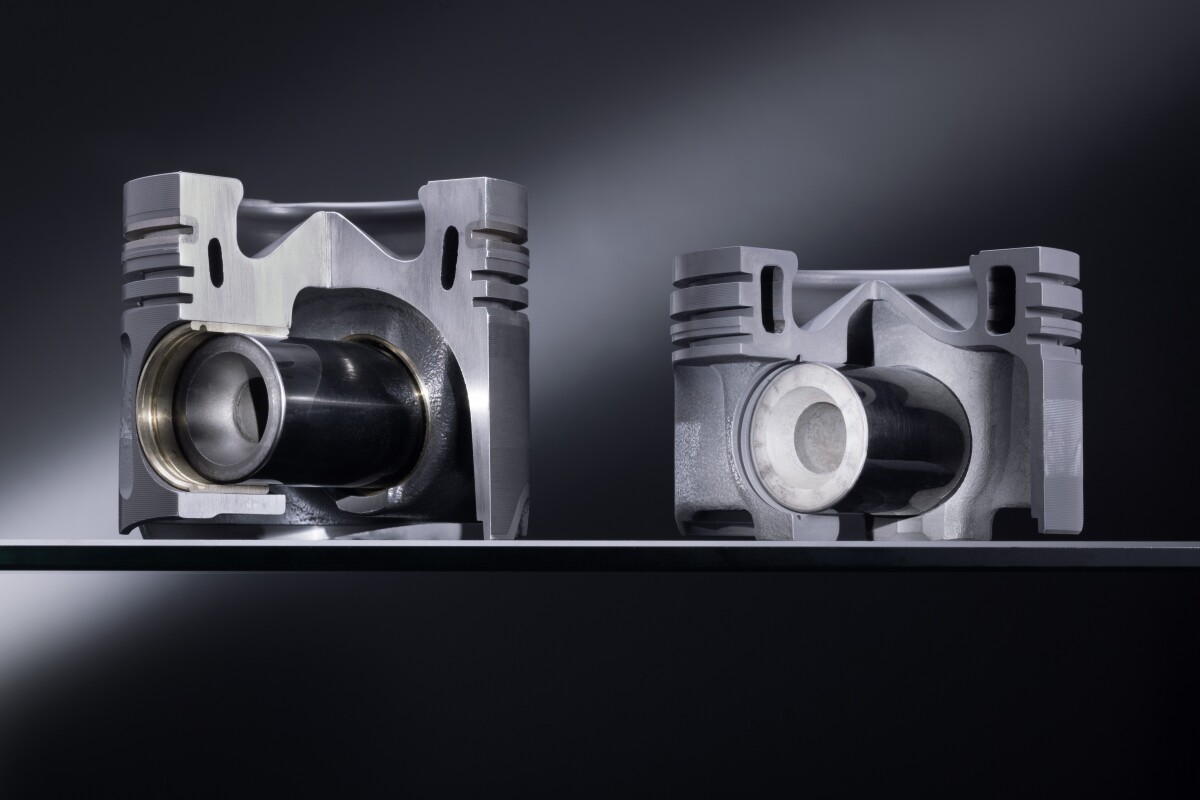In 1936, Mercedes-Benz became the first company in the world to launch a diesel passenger car – the 260D. Over the years, diesel automobiles became renowned for their efficiency and fuel economy. Now, the manufacturer is building on that success with the introduction of high-tech steel pistons.
The steel pistons will debut in the V6 diesel engine of the Mercedes-Benz E 350 BlueTEC. With the new pistons in place, the car will deliver the same engine output as would be achieved with aluminum pistons (190 kW/258 hp) yet will only use around 5.0 liters of fuel per 100 kilometers (47 mpg) – that's an improvement of about three percent.
The use of steel pistons improves efficiency, as steel has a lower level of thermal conductivity when compared with aluminum, meaning higher temperatures are reached within the combustion chamber. This, in turn, leads to increased ignition quality, while the combustion duration is reduced. The overall result is lower fuel consumption and pollutant emissions.
An additional advantage of using steel is that it allows the piston to be smaller in size, while also offering a greater resistance to mechanical stresses. The use of steel has also allowed engineers to reduce the gap between the cylinder wall and the piston – resulting in the reduction of untreated emissions.
Steel pistons are already found in certain commercial vehicle engines, where they are combined with heavy cast-iron crankcases. Meanwhile, aluminum pistons are normally found in passenger car diesel engines. But the steel pistons developed by Mercedes-Benz will reportedly harmonize perfectly with a car's much lighter aluminum engine housing.
Diesel engines have come a long way since the first Mercedes-Benz 260D. There was the introduction of turbo technology in the 70s, the first particulate filter system in 1985 and then the arrival of the common-rail diesel in 1997. Now, some engines even combine diesel and gasoline, such as that of a 2009 Saturn at the University of Wisconsin-Madison.
Source: Daimler




